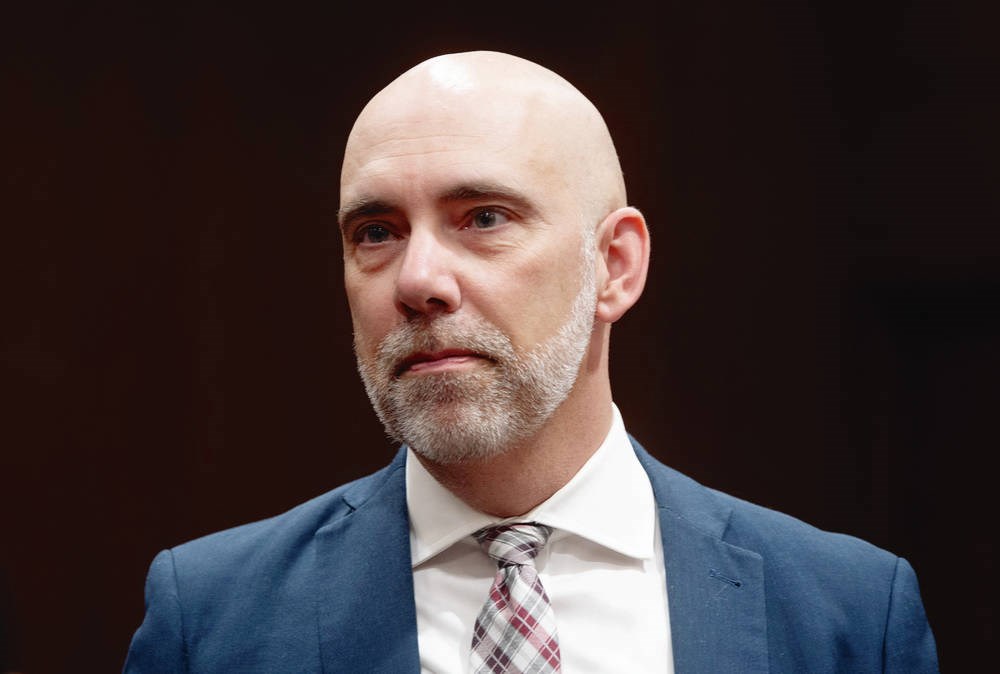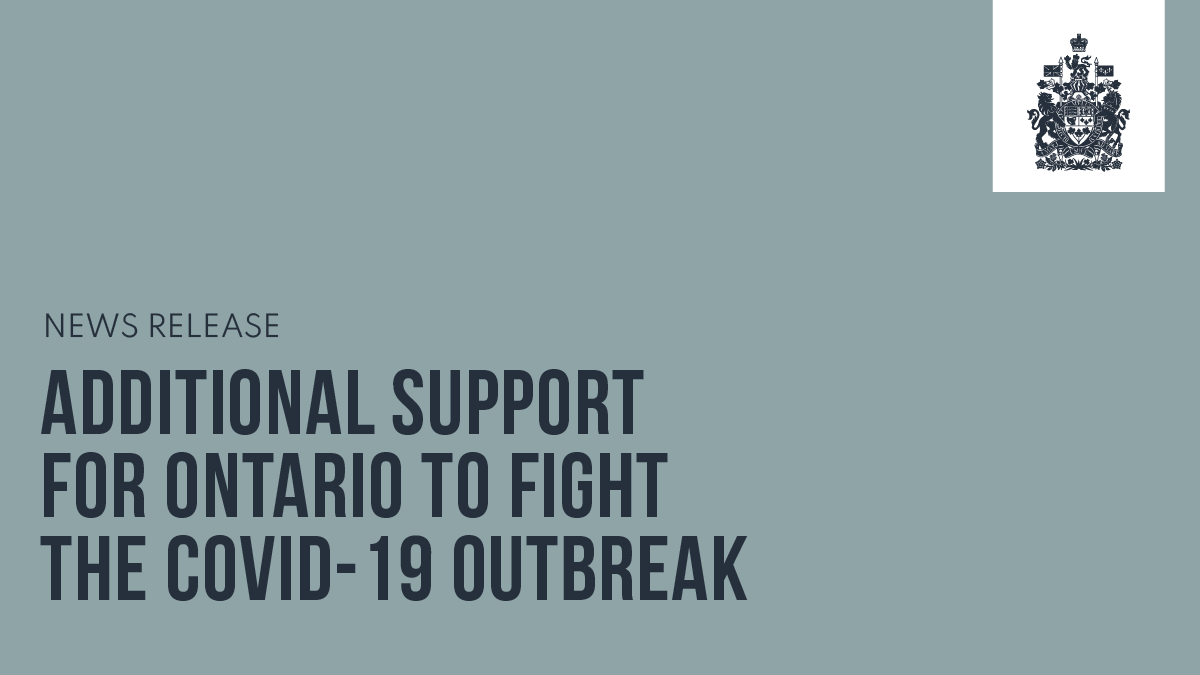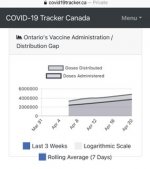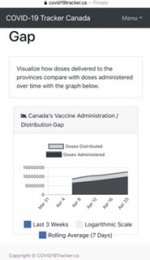daftandbarmy
Army.ca Fossil
- Reaction score
- 36,052
- Points
- 1,160
We can see third world status from here....
Lawrie McFarlane: If Ottawa continues on current path, public sector will bear scars for years
Canada’s Parliamentary Budget Officer has published a pre-budget offering that reminds you of that scene at the beginning of the 1998 move Armageddon in which a massive asteroid slams into Earth, shattering continents and causing an extinction-level event.
All right, an exaggeration perhaps. Not even the federal Liberals could blow up the planet. But they certainly know how to blow up our country’s fiscal security.
The PBO report puts the 2020-2021 deficit at a staggering $363.4 billion, more than the entire budget planned for that year. And note, that figure does not include additional stimulus funding of $70 billion to $100 billion earmarked in the government’s Fall Economic Statement.
The reason for that omission? Because no one knows where the stimulus money went, who has it, or even if it was spent. Finance Minister Chrystia Freeland is playing hide and seek with $100 billion.
But to stay with the raw numbers, a deficit north of $350 billion is more than double any federal shortfall since the Second World War, and that’s allowing for inflation.
And that can only mean one of two things: either sharply higher taxes, or across-the-board economizing that will take the heads off essential and inessential services alike. And the services we care most about, health care and social programs, will be the hardest hit, because that’s where all the money is.
In effect, if the federal government continues on its ruinous path, our public sector will bear the scars for years to come, long after the coronavirus pandemic is over.

 www.timescolonist.com
www.timescolonist.com
Lawrie McFarlane: If Ottawa continues on current path, public sector will bear scars for years
Canada’s Parliamentary Budget Officer has published a pre-budget offering that reminds you of that scene at the beginning of the 1998 move Armageddon in which a massive asteroid slams into Earth, shattering continents and causing an extinction-level event.
All right, an exaggeration perhaps. Not even the federal Liberals could blow up the planet. But they certainly know how to blow up our country’s fiscal security.
The PBO report puts the 2020-2021 deficit at a staggering $363.4 billion, more than the entire budget planned for that year. And note, that figure does not include additional stimulus funding of $70 billion to $100 billion earmarked in the government’s Fall Economic Statement.
The reason for that omission? Because no one knows where the stimulus money went, who has it, or even if it was spent. Finance Minister Chrystia Freeland is playing hide and seek with $100 billion.
But to stay with the raw numbers, a deficit north of $350 billion is more than double any federal shortfall since the Second World War, and that’s allowing for inflation.
And that can only mean one of two things: either sharply higher taxes, or across-the-board economizing that will take the heads off essential and inessential services alike. And the services we care most about, health care and social programs, will be the hardest hit, because that’s where all the money is.
In effect, if the federal government continues on its ruinous path, our public sector will bear the scars for years to come, long after the coronavirus pandemic is over.

Lawrie McFarlane: If Ottawa continues on current path, public sector will bear scars for years
Canada’s Parliamentary Budget Officer has published a pre-budget offering that reminds you of that scene at the beginning of the 1998 move Armageddon in which a massive asteroid slams into Earth, shattering continents and causing an extinction-level
 www.timescolonist.com
www.timescolonist.com






